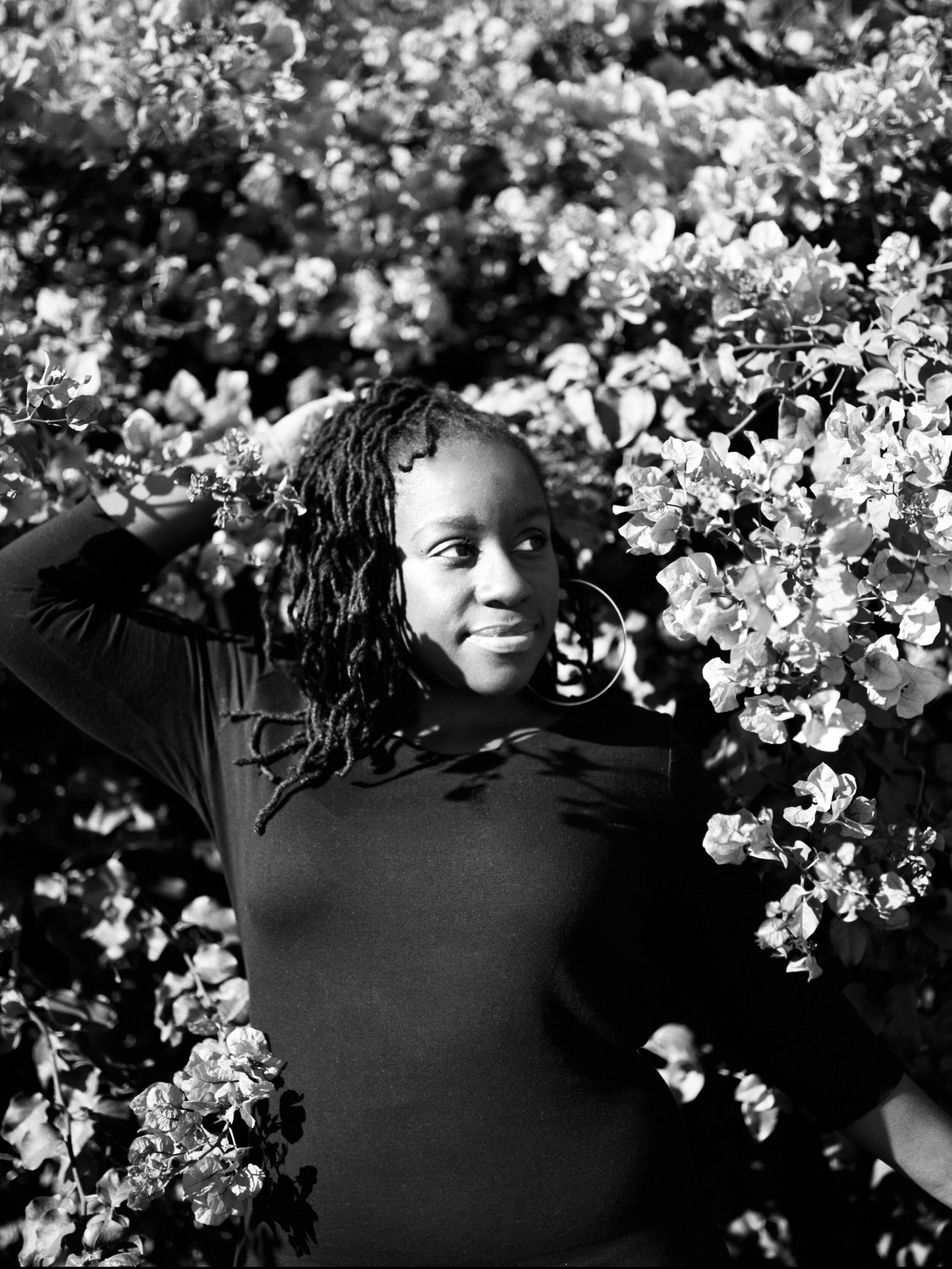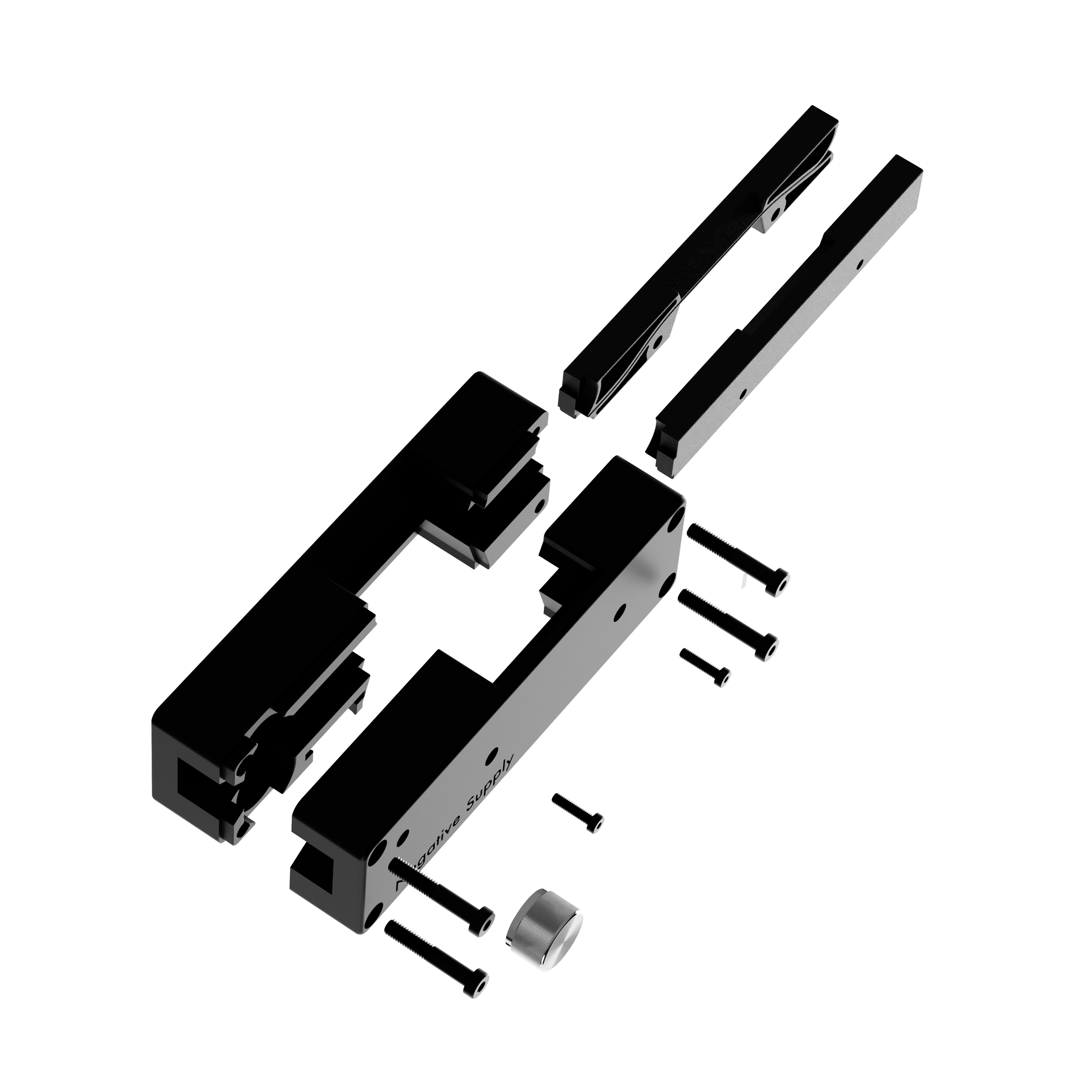Welcome to another Negative Supply Spotlight! This time we’re honored to share the work of friend and Negative Supply user/beta tester, and film lab owner/operator Mark Sperry of Northeast Photographic! Mark has beta tested several of our major film scanning tools since our Film Carrier MK1, and has most recently worked with various versions of our 8x10 Film Holder and 4x5 Film Holder (betas and production models). His cutting edge work and offerings with Northeast Photographic make his lab unique among a host of other options, and his attention to detail with his clients is exceptional. Sometimes we’re too busy to develop our own film here at Negative Supply, and as a result we trust Mark with developing for us, as well as scanning our film using Negative Supply film scanning tools! Read on below to hear more about Mark’s background with film photography, and feel free to comment if you have a question!
Q: How did you first discover your passion for photography and when did you start making photos with film?
“I started making photos in High School when I took my first photography course. It was one of the few areas in which something just snapped into place and I actually succeeded. Then getting access at a community darkroom was just what a nascent introvert needed to escape for hours at a time.”
Rolleiflex Hy6 Mod 2 Provia 100F © Mark Sperry
Q: What do you enjoy most about shooting film?
“The film process to me simply is my definition of “photography”. When I’m going out to make photographs, there is no situation in which I don’t imagine loading film into a camera and getting to work. There is a process and a craft that can be completely separated from what we tell our children (and intrinsically know we should limit) is “screen time”. I’m glad that digital has basically supplanted much of the commerce side of image making, we don’t need 100s of sheets of Ektachrome dedicated to a new box of cookies. However, I generally believe a hard drive full of .NEF or .CR2 files is < a catalog of carefully stored images shot on a medium made of silver, wood, and bone.”
Rolleiflex Hy6 Mod 2 Provia 100F © Mark Sperry
Q: How did North East Photographic come about and how long have you be running it?
“I had a unique set of skills for film processing and scanning, and when my wife and I relocated to Maine, I needed a job. After many conversations over hazy New England IPA’s, we agreed I should follow my dream and start a lab. It was very sink-or-swim, and still is in some ways. We’ve been processing since 2018, and we’ve grown a lot, especially this year. We are going to keep striving to expand until we can open a commercial space that will be not just the lab, but also a community spot for gatherings, work shops, salons (not the hair kind), and more. But like I said, it’s sink or swim every week and we still have a long way to go!”
Rolleiflex Hy6 Mod 2 Provia 100F © Mark Sperry
Q: Do you have any advice for people who want to open their own lab?
“You do this if you love it. I still find analog photography to be straight up magic. It is scary (things break and parts are rare), expensive, a TON of work, and there isn’t all that much money in it. But it can be a good career if your goals are to live a modest life of making pictures and helping others develop their artistic visions. Personally I would try to work at a lab for a few years before I bought any equipment. It definitely took me at least a year to get great at scanning with the Frontier. Customers have a lot of choices and high expectations.”
Provia with a Chamonix 45N2 and a Schneider 150/5.6 © Mark Sperry
Q: What are some of your favorite film stocks? Color or black and white, and why?
“I love Ektachrome for it’s outstanding color palette and the miracle of it’s existence. Really I think the Kodak C41 stocks are just top notch. Portra 160 and Ektar are show stoppers. Mostly I have a hard time choosing between those.”
“Ilford B&W films are usually my go-to, and among those FP4+ is I think my favorite. However lately I’ve been shooting a lot of Bergger Pancro 400 and Catlabs X 80. I think I just enjoy that they’re a little weird. Pancro is so grainy, and Catlabs X 80 really has to be shot at ISO 32, but when you nail the exposures they make lovely images. One super grainy with tones for days, one snappy with incredible detail. “
Rolleiflex Hy6 Mod 2 Provia 100F © Mark Sperry
Q: Are you working on any longterm body of work or photographic series you’d like to discuss?
“My personal work is at odds with my time spent in the lab. The sad reality of owning a lab is you have very little time to shoot your own stuff. However I’m making time when I can. I finished (I think) a series on an abandoned house here on Westport Island. I am shooting a project that is sort of focused on our polarized culture, it’s very early days so I expect it will mutate. I am also trying to shoot landscape images of the local preserves using 4x5, 5x7, and 8x10 B&W film.”
Rolleiflex Hy6 Mod 2 Provia 100F © Mark Sperry
Q: What Negative Supply tools do you use, and how have they changed your workflow?
“I use the Mark 1, the 120 carrier, and the large format tools. They were a game changer in my ability to create incredibly high resolution scans of basically all formats, especially large format. They enabled Northeast Photographic to launch a really great large format service that is lower cost than anyone else in the industry, and still delivering outstanding quality. If I was once considering an Imacon, or other fine-art-repro grade scanner, I no longer am. You can do it all with Negative Supply tools and good technique. I am REALLY excited about their upcoming light panel. That’s the next area of evolution that needs to be addressed.”
We like to thank Mark for letting us highlight his incredible work! And for using Negative Supply tools for not only his personal work but for also using them in his professional lab!If you’re interested in being featured on our blog, please send us an email via contact@negativesupply.co We can’t wait to see and share work from more of the Negative Supply community! Click the links below to learn more about the tools Mark used to scan his images.
Also be sure to check him out on Instagram, @marksperry @northeastphotographic



















































































































































